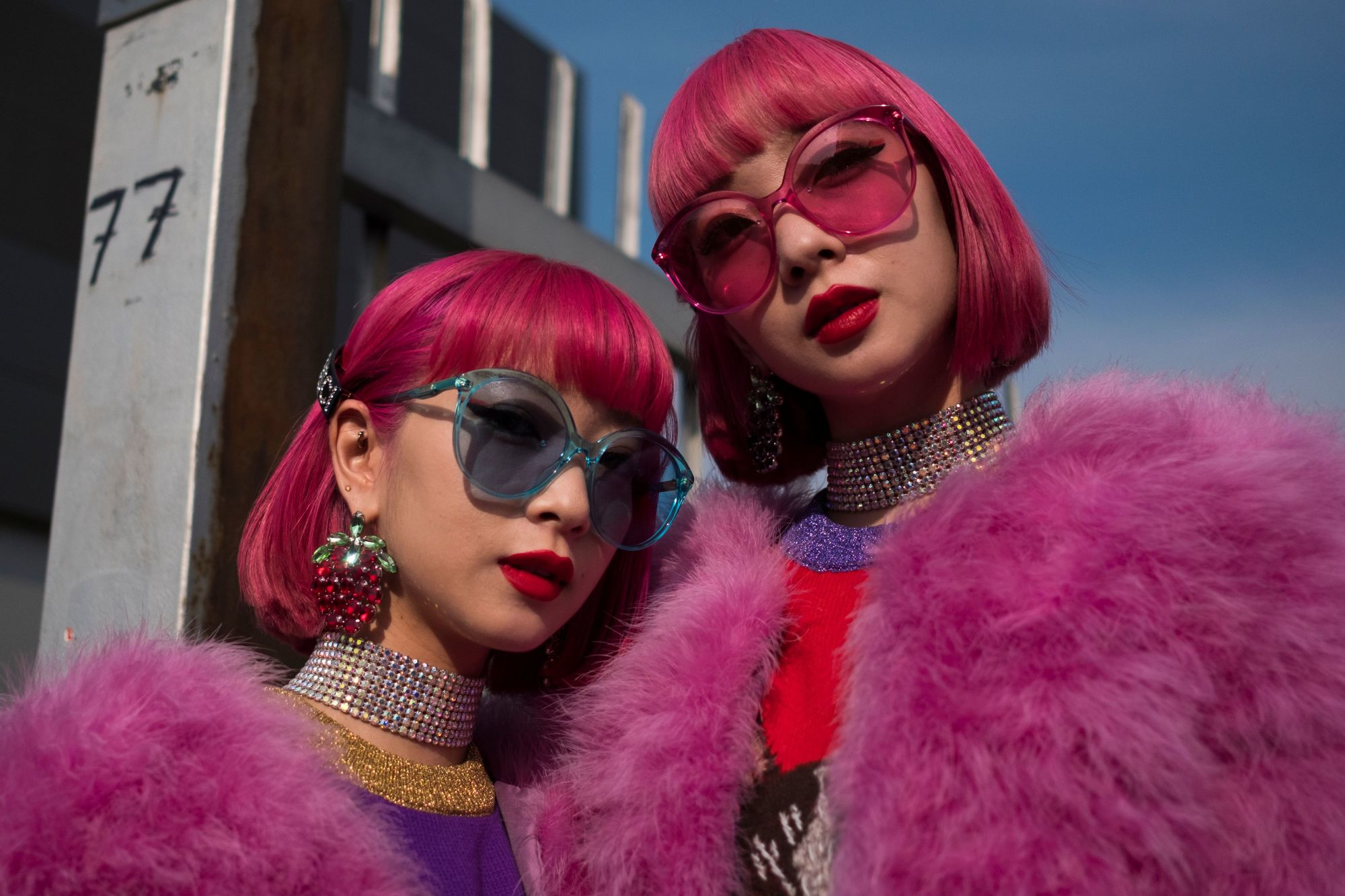Editor’s Note: Read more unknown and curious design origin stories here.
Elvis Presley’s iconic 1955 Cadillac, Marilyn Monroe in a figure-hugging dress in “Gentlemen Prefer Blondes” and the sea of “pussyhats” that swarmed the Women’s March in Washington DC earlier this year.
These iconic images all share a common thread: the color pink.
Throughout the centuries, pink has assumed a range of guises, from Barbie’s dresses to the saris of the Indian vigilante group, the Gulabi Gang. The way it is perceived by society has also changed over the years, at various times being considered feminine, erotic, kitsch, sophisticated and transgressive.
“Pink has always been a color in transition, and so have social attitudes towards it,” said Valerie Steele, editor of the recently published book “Pink: The History of a Punk, Pretty, Powerful Color,” in a phone interview.
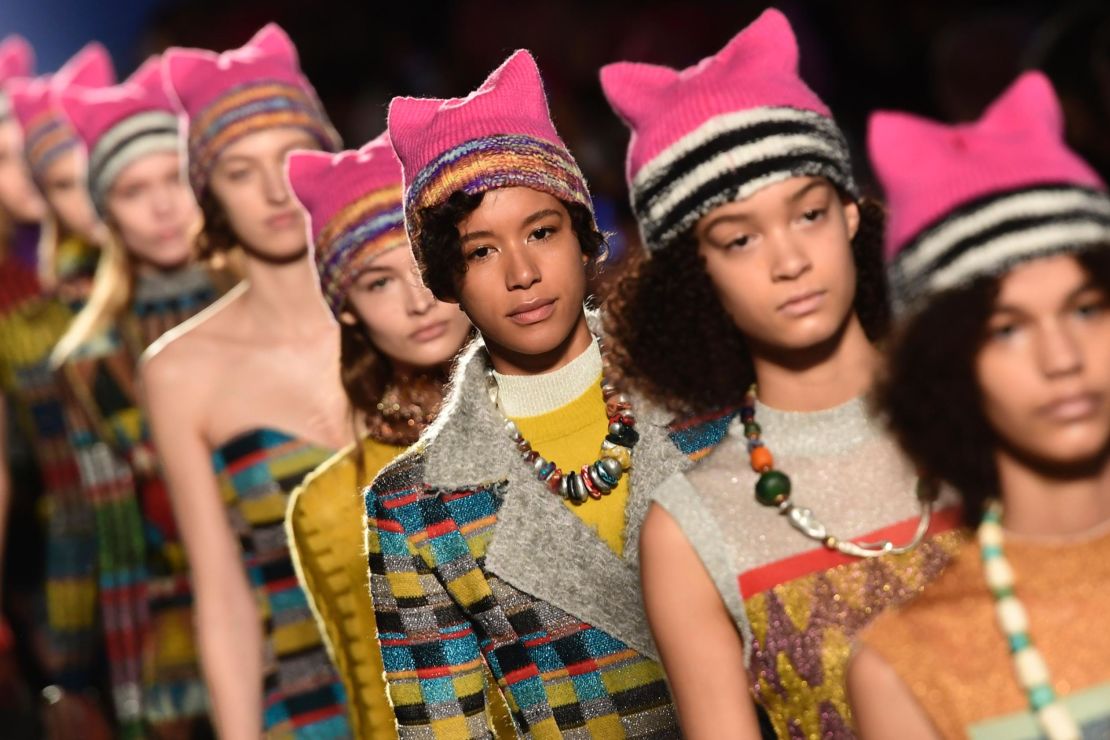
“Even during the last two years, as I started looking at the history of colors, people have taken new stances towards it. We’ve seen the rise of millennial pink as a ‘It’ hue, but also its appropriation by feminists around the world as a powerful, socio-political mark.
“The 150-year-old notion of pink as synonym with fragile femininity brought forward by the West is being challenged. Pink is now having a ‘cool’ phase: It’s hip, it’s androgynous, it’s strong. And it’s here to stay.”
A colorful history
In the West, pink first became fashionable in the mid-1700s, when European aristocrats – both men and women – wore faint, powdery variants as a symbol of luxury and class. Madame de Pompadour, the chief mistress of Louis XV, loved the color so much that, in 1757, French porcelain manufacturer Sèvres named its exquisite new shade of pink, Rose Pompadour, after her.
Pink was not then considered a “girls” color – infants of both sexes were dressed in white. The tint was, in fact, often considered more appropriate for little boys because it was seen as a paler shade or red, which had “masculine,” military undertones.
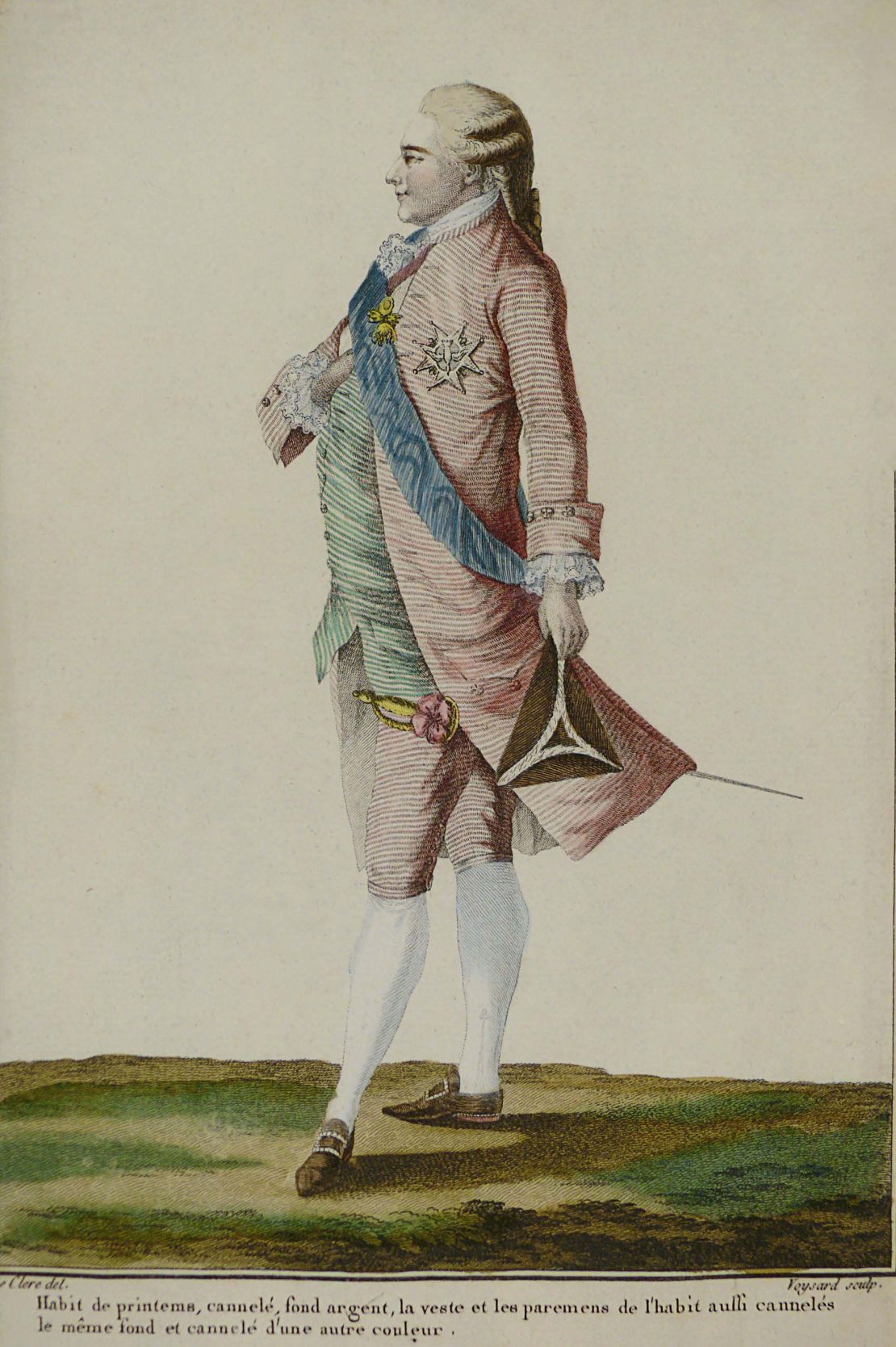
The more recent association with women and femininity started around the mid-19th century when, according to Steele, “men in the Western world increasingly wore dark, sober colors,” leaving brighter and pastel options to their female counterparts.
“The feminization of pink really began around there,” she explained. “Pink became an expression of delicacy, as well as froth.”
Pink also, as Steele’s book notes, developed its first erotic connotations around this time, because it hinted at nakedness. Lingerie in shades of pink became increasingly common, as did references to the color’s sexual allure in literature and art – always in relation to the female body.
By the turn of century, pink had entered the mainstream – and its status shifted in the process. The advent of industrialization and mass-production led to the growing cheap dyes like magenta, which resulted in bright, garish versions of the color. Pink went from luxury to working-class and, as a color often worn by prostitutes at the time, from sophisticated to vulgar.
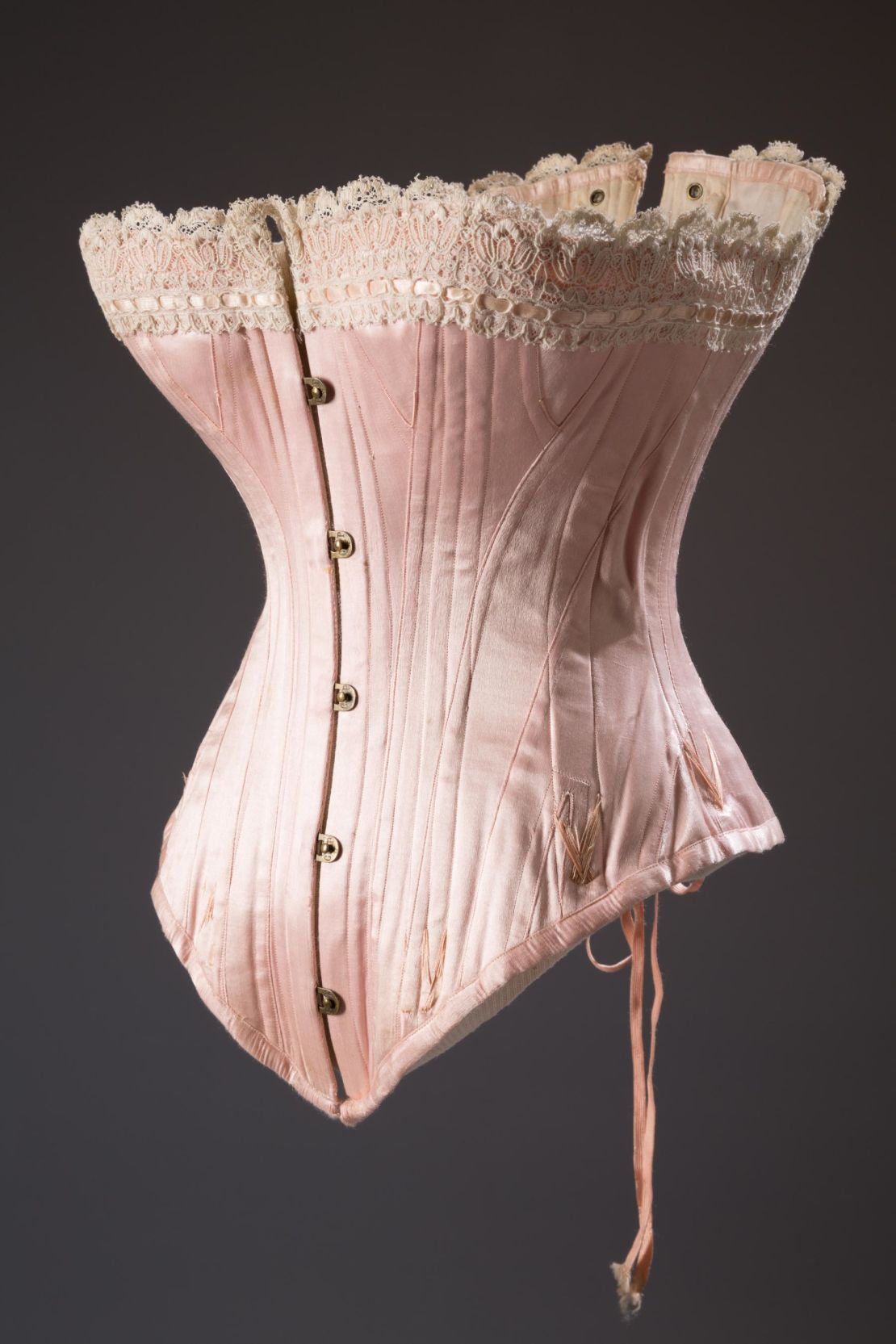
Its guises continued changing through the 1900s. In the first two decades of the 20th century, French couturier Paul Poiret created dresses in pale and pastel pinks, as well as bolder cherry, coral and fuchsia, propelling the shade back into the realm of high fashion. By the 1950s, pink had become more gender-coded than ever, thanks to branding and marketing in postwar America that used it as a symbol of hyper-femininity, cementing a pervasive “pink for girls, blue for boys” stereotype.
“Society decides what colors mean,” said Steele, who is also the director of the Museum at New York’s Fashion Institute of Technology, where an exhibition on the color pink is currently on show. “When that particular divide was made, it reinforced the perception of pink as a frivolous, because of its association with women, who have been traditionally looked down upon.”
Shifting significance
Pink regained some its allure around the 1960s, when public figures such as Jackie Kennedy and Marilyn Monroe adopted it as mark of luxury. Punk bands like The Ramones and The Clash made it edgier in the 1980s, while in more recent decades, pop, celebrity and hip-hop cultures have embraced the color in different ways – from Madonna performing in a Jean Paul Gaultier soft pink cone-cupped bustier in 1990, to rapper Cam’ron attending New York Fashion Week in a pink mink coat and matching hat in 2002, helping to show that pink could again be considered a men’s color.
Nonetheless, Europeans and Americans repeatedly describe it as one of their least favorite colors in polls.
“All colors have complications.” Steele said. “But I do think that pink is one of the most controversial ones – and one of the most divisive, too. It arouses very strong emotions, whether good or bad.”
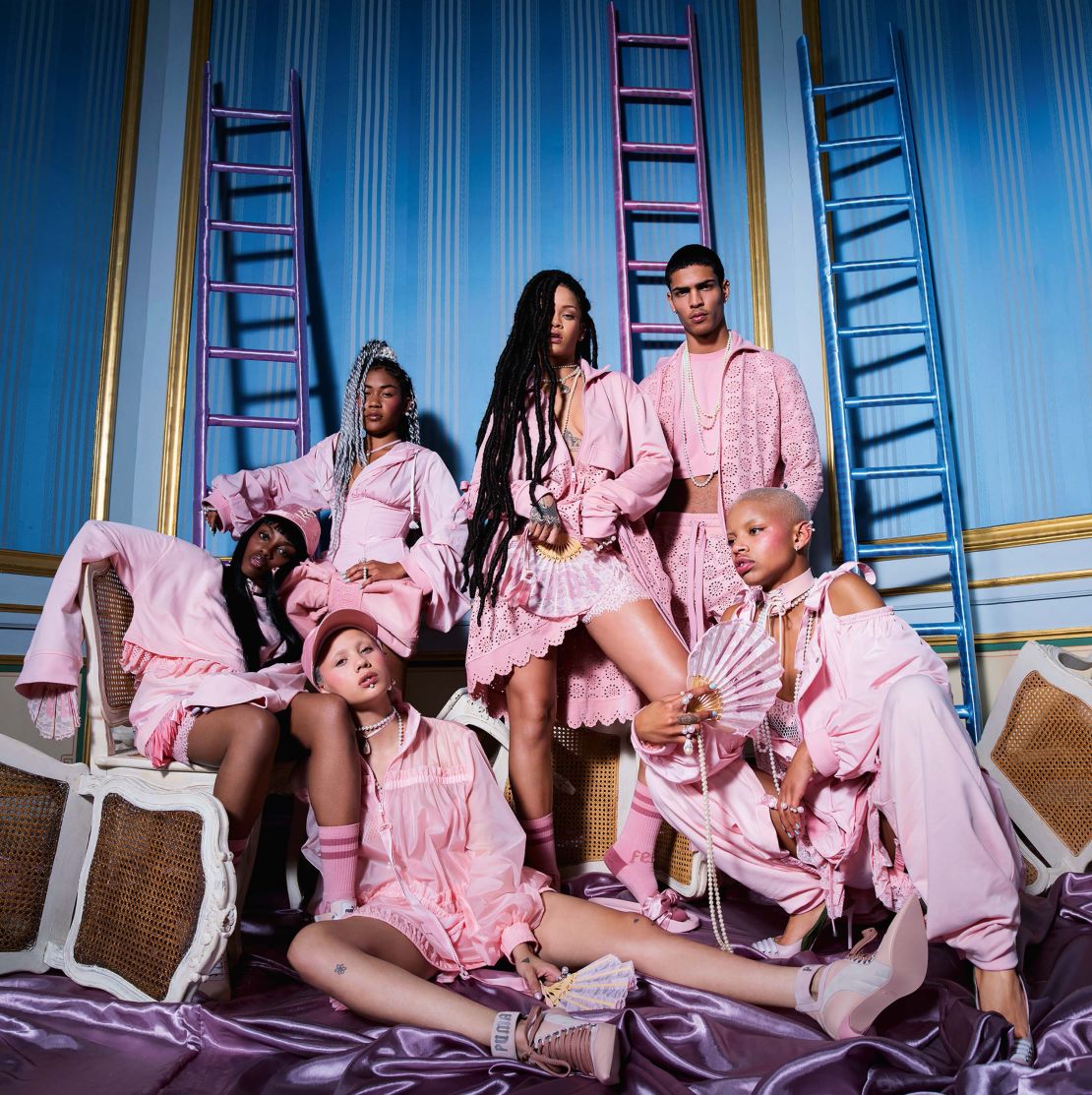
Pink continues to be be received in wildly different ways around the world. Steele believes that Asian cultures are often more partial to pink than Western ones, with her book pointing to Japan in particular, where cosplay and the notion of a “youth-oriented, feminized cuteness” have made pink the color of choice for a whole sub-culture of urban “Lolitas” sporting doll-like styles.
In India, pink has long been understood as a hue for both sexes, with men commonly wearing pink clothing, adornments and turbans – particularly in the north Indian state of Rajasthan.
Pink has also been embraced as a color of protest and awareness for various other communities. Pink triangles, once used in concentration camps by the Nazis to identify homosexuals, became a symbol of gay activism in the 1970s. The shade has been increasingly associated with the LGBTQ community, with Steele’s book noting how, in France, AIDS was sometimes referred to as “the pink plague.”
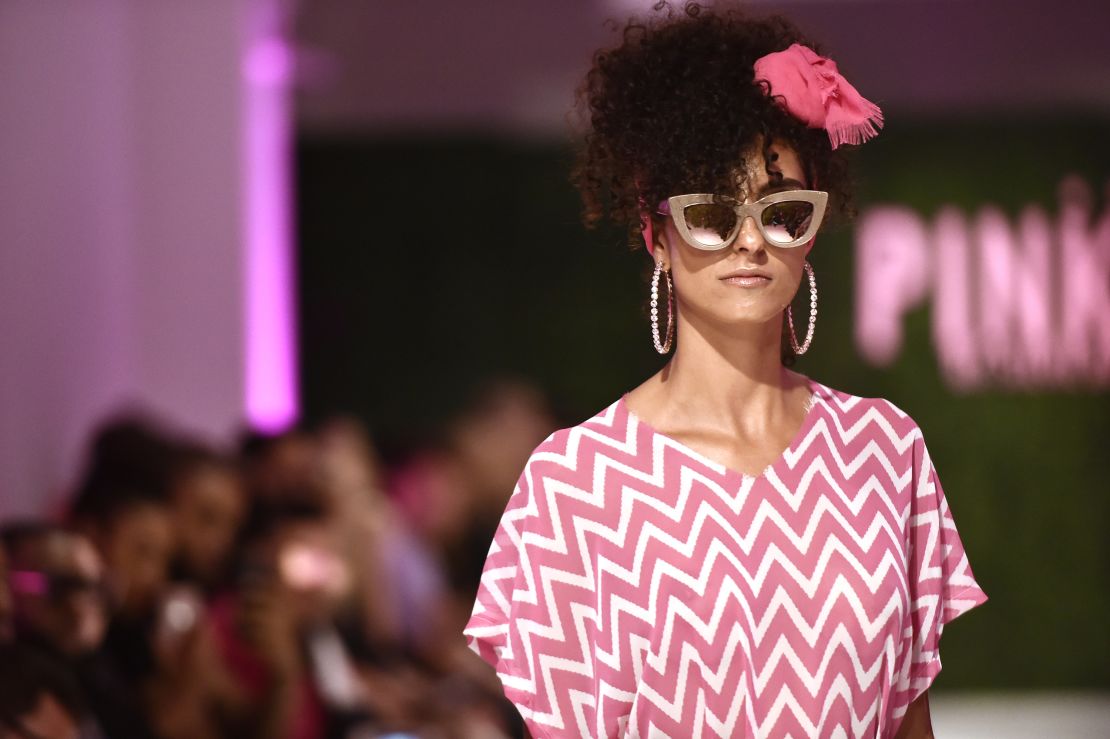
Elsewhere, it has become internationally synonymous with the fight against breast cancer, in the form of a pink ribbon. In the US, meanwhile, female protesters have been wearing pink to signify ownership of their sexual, reproductive and social rights.
“Pink is going through a generational shift,” Steele said. “Society is increasingly moving away from the idea of it as a childish, over-sexualized hue. There’s a shared recognition that pink can be pretty and powerful, feminine and feminist. Men are turning to it, too – as (they did) in the 18th century. We’re re-framing pink.”
“Pink: The History of a Punk, Pretty, Powerful Color,” published by Thames & Hudson is available now.
